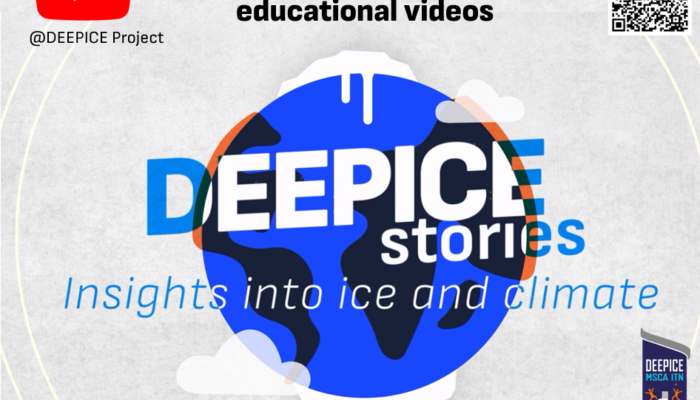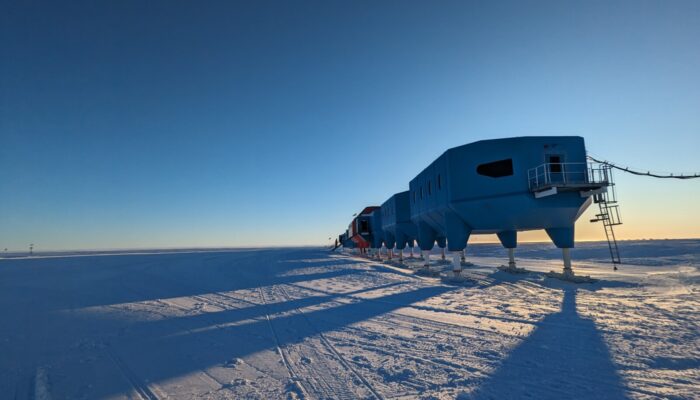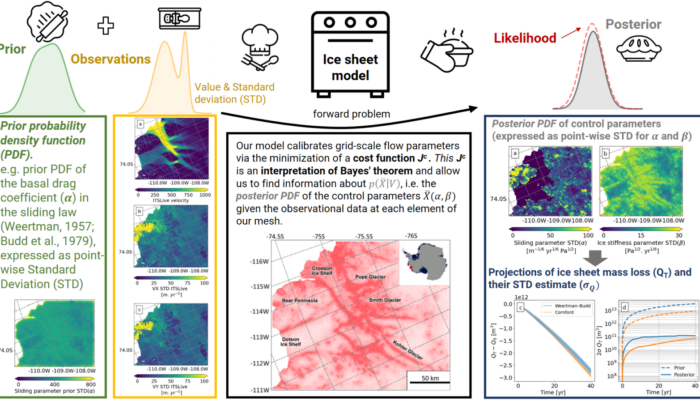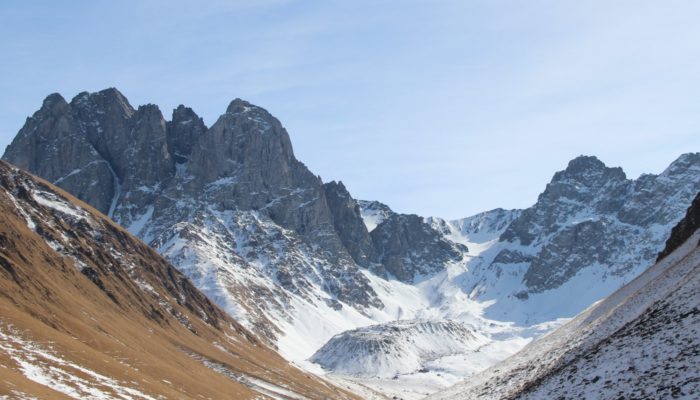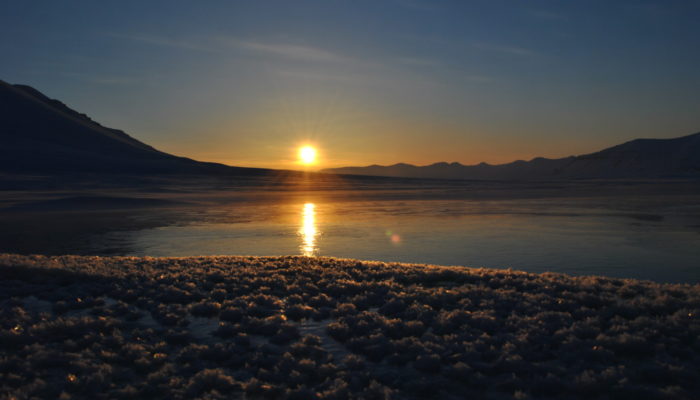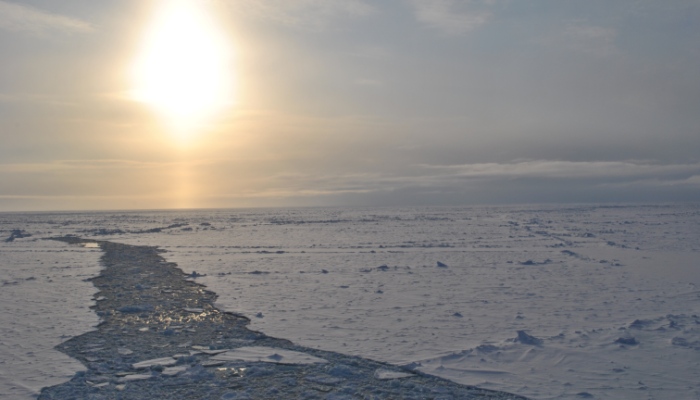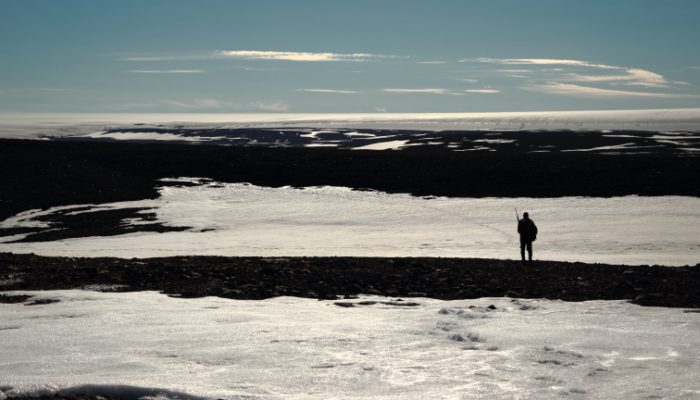Mastering the art of science communication is becoming more and more important, especially in the realm of climate science! Training and practice can really help PhD students acquire this skill. With this in mind, the DEEPICE project, a training network of 15 PhD students, has developed a wide range of activities to train the DEEPICE students, including the creation of a series of educational vide ...[Read More]
If you didn't find what you was looking for try searching again.
Cryospheric Sciences
Did you know? We can see what’s going on inside an ice shelf using geophysics!
Understanding what is going on inside an ice shelf is important for many reasons. But mostly, it allows us to better understand their contribution to sea level rise, and to understand how they are changing and evolve over time, with our changing climate. Geophysical methods offer a means to be able to see inside an ice shelf, and get an idea of their properties. Read on to find out a bit more abou ...[Read More]
Cryospheric Sciences
Ice-Hot News – You have a “cool” new Policy Point of Contact in the Cryosphere Division!
At the 2023 EGU General Assembly, our cryosphere division members all voted “YES!” to have a division policy point of contact! If you’re wondering how to engage in science policy at our division level, what a division policy officer does, who was named and what happened next… This blog post should answer a lot of these questions (or I hope)! First off, a little history about how policy officers ca ...[Read More]
Cryospheric Sciences
Recipe to quantify calibration errors in a time-dependent ice sheet model
Ice sheet models are awesome tools that help us learn and predict the fate of ice sheets under human-induced climate change. However, all models have errors. What types of uncertainties exist in an ice sheet model and how can we quantify some of them efficiently? Check out our recipe to quantify one type of uncertainty in sea level rise projections: The model calibration error. Not a numerical mod ...[Read More]
Cryospheric Sciences
Hidden Ice of the Greater Caucasus
In this week’s blog, Levan Tielidze tells us about the first inventory of rock glaciers from the Greater Caucasus as an important basis for further research of geomorphology and palaeoglaciology in this region. What are Rock Glaciers? Rock glaciers are distinctive geomorphological landforms of frozen debris that are supersaturated with ice. The low ice velocity or certain speed of movement and per ...[Read More]
Cryospheric Sciences
Did you know the mystery of the ice-cold rose?
Darkness. Freezing cold. Thin layers of ice cover the wide Arctic Ocean. It is the time of the last dusk. You can almost see Fenris wolf chasing the sun to devour it, almost hear his howling as darkness falls. Fimbulwinter has arrived. But what is this? A flower? Out here on the Arctic Ocean? This is strange, so let us take a closer look at the mystery of the ice-cold rose. Where the Wild Roses Gr ...[Read More]
Cryospheric Sciences
Highlighted Paper – The ice factories of the Arctic Ocean
Each year, the Arctic sea ice goes through a cycle of melting and freezing. From March to September, sea ice gradually melts and becomes thinner, and from October to March, the water freezes again. In our warming climate, we see that more and more ice melts each year. One would expect that the ice would also freeze less, but we have observed that the ice growth – or ice production – has increased ...[Read More]
Cryospheric Sciences
For Dummies: Radar altimetry for measuring ice sheet elevation changes
Does measuring the surface of the ice sheets provide more than superficial knowledge of their current status? Read further to find out why the answer is definitely yes! Measuring surface elevation changes actually tells us where Greenland and Antarctica are thinning or thickening and how much they contribute to sea level rise. Scientists have been doing this for the past three decades, so keep on ...[Read More]
Cryospheric Sciences
Image of the week – The gaze of the ice cap
We are getting used to perceiving glaciers more and more distant and disconnected from our mountains. With each passing year, it is more difficult to observe them, reach them or climb them. They are becoming an exotic element of the Alpine imagination. When our gaze rests on a mountain glacier, with its crevasses and large moraines, we are filled with the fascination of someone observing a new nat ...[Read More]
Cryospheric Sciences
Discover the CordillerICE project!
In high-school, I learned in a textbook that glaciers are melting. My teacher said that what was written in that textbook was right, and that was it. There was no proof, no explanation, no scientist’s testimony. All of that, I discovered much later during my studies in the geosciences. Yet as the global temperatures keep rising, and our politicians apply rigorously the “keep calm and carry on” mod ...[Read More]

